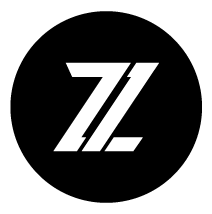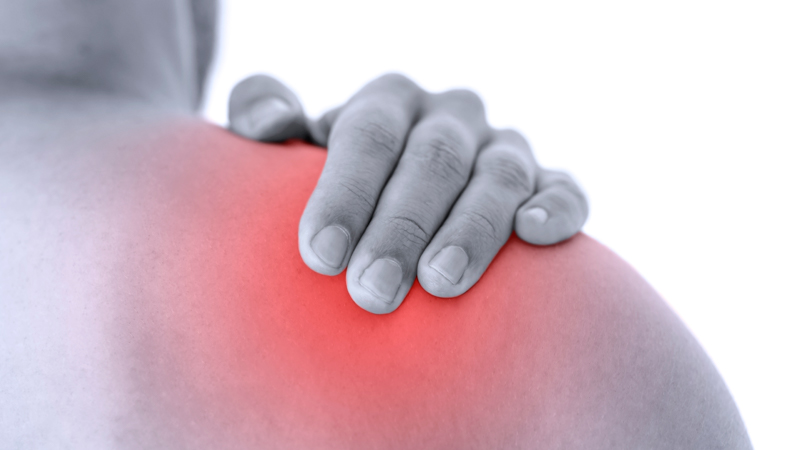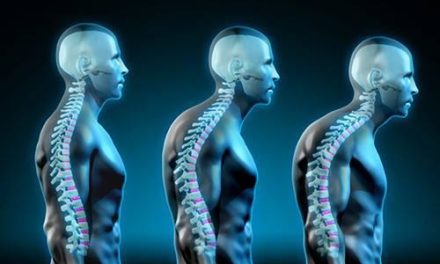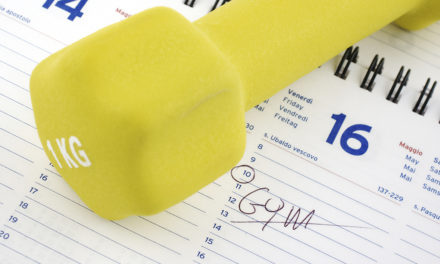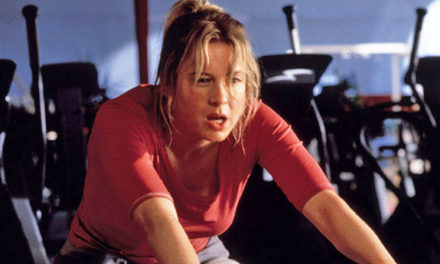If you are like most men, you love to work out your chest and shoulders. You love to bench press, dumbbell press, do chest flies, dips, overhead press or any other exercise that lets you push something around. But if you are going to do a lot of forward and overhead pushing exercises it is essential you work your primary pulling muscles and your rotator cuff as well. If you don’t you will develop an imbalance between your back and your chest and shoulders muscles. An imbalance between these muscles leads to poor posture and altered movement patterns within the shoulder joint. Poor posture and altered movement patterns in turn lead to discomfort, pain, and injury.
Lets examine the most common example of how an imbalance between your pushing and pulling muscles plays out. As we continue to exercise our chest and front shoulder muscles, they get stronger and tighter. As they get stronger and tighter (tighter also means shorter) they exert a direct and indirect pull upon the front of our humorous (upper arm bone) and shoulder joint. If left unmatched by your primary pull muscles, this pulls your humorous forward in the shoulder socket.
If this position becomes the normal position, when we raise our arm over our head we are at increased risk of pinching our rotator cuff tendon between our now displaced humorous and our acromion process, which is the part of our collar bone that makes up the top of our shoulder joint.
In the photo below we have a healthy shoulder on the left and a shoulder showcasing the physiology of an impingement syndrome on the right.
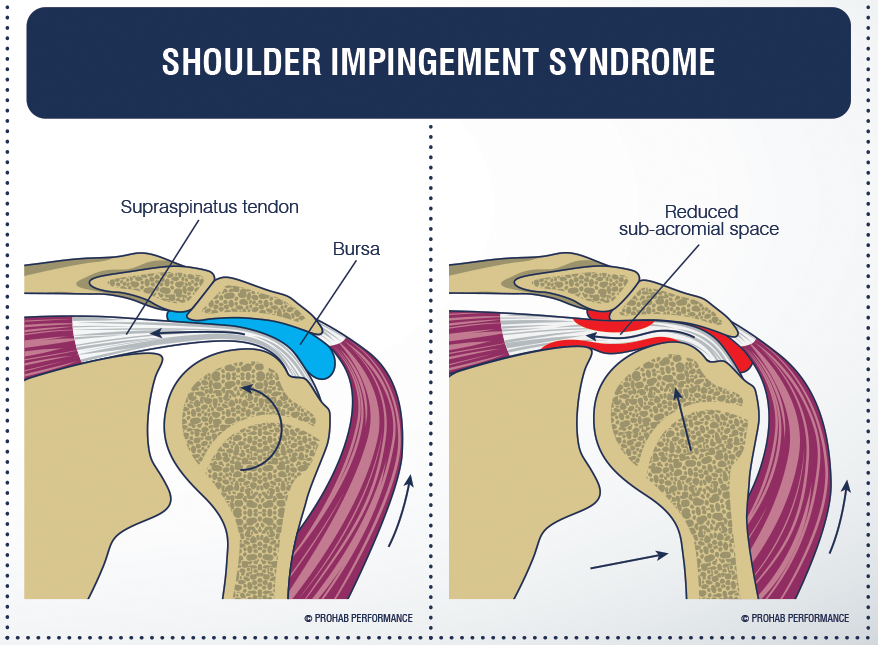
Continuously pinching your rotator cuff between the top of your humorous and the bottom of your acromion process causes the rotator cuff tendon to become inflamed. A chronically inflamed rotator cuff tendon is the definition of rotator cuff tendonitis. And continuously pinching your rotator cuff wears at it and can eventually cause it to tear.
If you have strong, well developed pull muscles, in this case your rhomboids and mid trapezius muscles, and a strong rotator cuff these muscles are able to apply a force that pulls your humorous backward and downward in your shoulder socket. This force counters the force applied by your chest and shoulder muscles.
